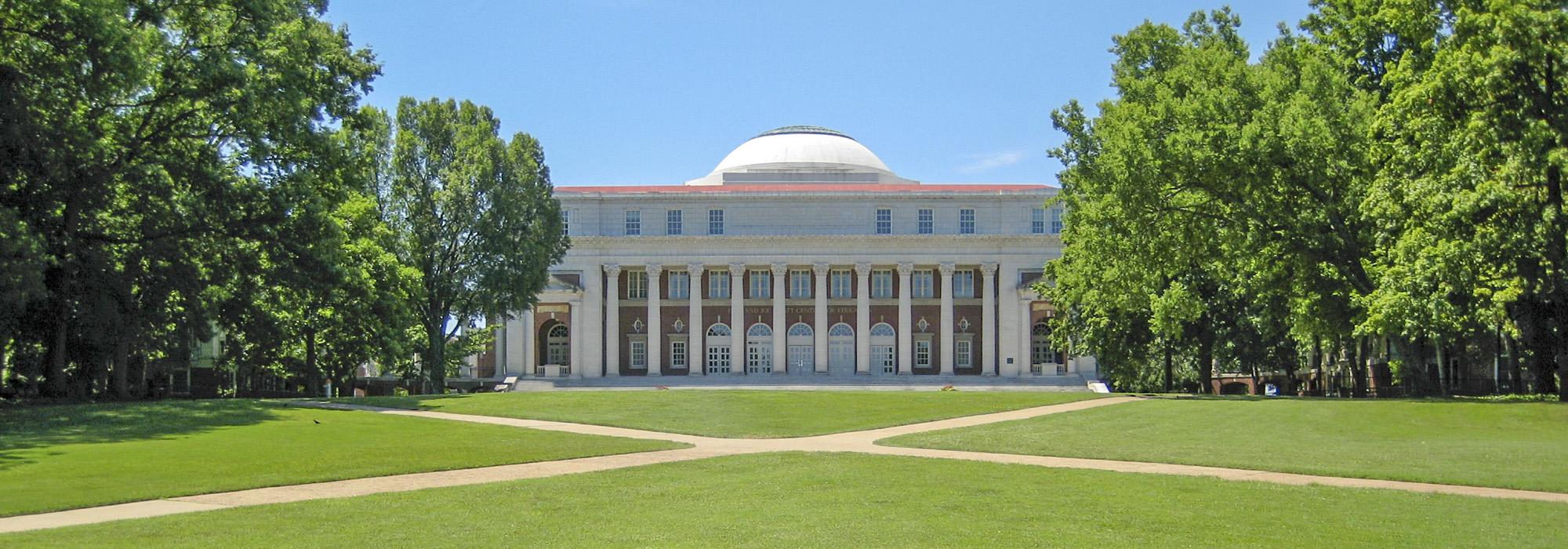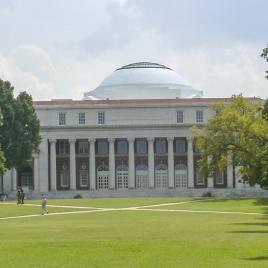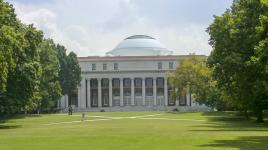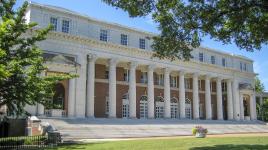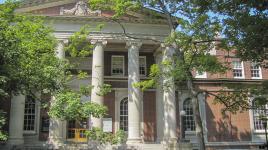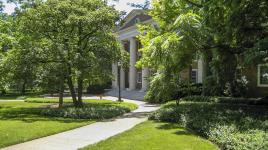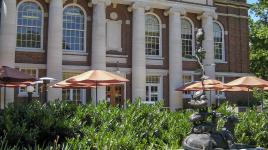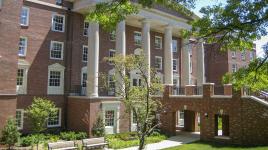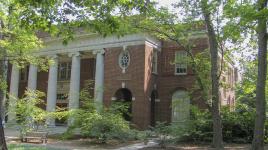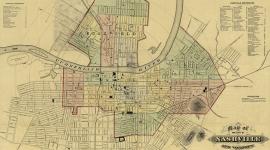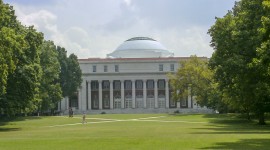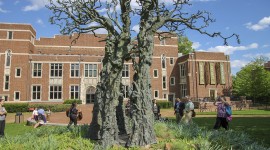Pioneer Information
This architectural practice was formed by New York-based practitioners William Ludlow and Charles Peabody in 1909. Peabody earned an undergraduate degree from Harvard University before studying architecture at Columbia University and the École des Beaux-Arts in Paris, where he graduated third in his class in 1908. After earning a degree in mechanical engineering from the Stevens Institute of Technology in Hoboken, New Jersey, in 1892, Ludlow worked as a draftsman for the architectural firm Carrère & Hastings until 1895. He then founded and operated the firm Ludlow and Valentine, which was dissolved when his partnership with Peabody commenced.
Ludlow and Peabody designed scores of commercial, institutional, and residential buildings, taking on commissions both domestic and abroad. Early projects included the buildings and campus of Sheldon Jackson College (1910) in Sitka, Alaska, and the Delaware and Hudson Passenger Station (1911) in Lake George, New York. The firm was also active in the South, designing campus buildings for both the University of Georgia and the Hampton Agricultural and Industrial Institute. In 1912 the firm collaborated with landscape architect Warren Manning on the campus plan for the George Peabody College for Teachers (which merged with Vanderbilt University in 1979) in Nashville, Tennessee. Joining the firm in 1913, architect Henry Hibbs supervised the work on the campus. Shortly thereafter, the firm opened a branch office in Nashville, where Hibbs continued to oversee projects until his departure in 1916. Ludlow and Peabody expanded its operations overseas in 1931, contracting with the Greek government to design a Temple of Youth in Athens, Greece. Peabody left the firm in 1932, although it continued to bear his name until 1935. Ludlow then partnered with his son David in 1936 in the firm Ludlow & Ludlow.



